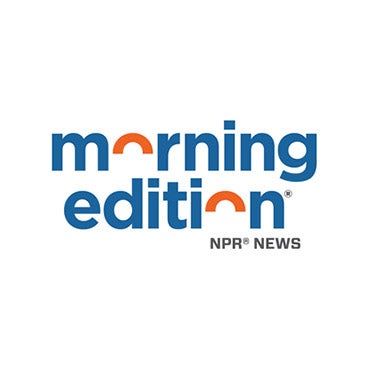Letter: Support cyber schools, or Internet learners will be made second-class students
 Boy and home computer image courtesy of Shutterstock.com) " title="shutterstock_kid-computer_1200x675" width="1" height="1"/>
Boy and home computer image courtesy of Shutterstock.com) " title="shutterstock_kid-computer_1200x675" width="1" height="1"/>
(Boy and home computer image courtesy of Shutterstock.com)
Pat Parris says virtual schools are schools of the future and they provide a level playing field for all students. This letter provides a counterpoint to a letter from Rhonda Brownstein of the Education Law Center that made the case that cyber charter schools are failing Pennsylvania students.
The following is in response to a letter from Rhonda Brownstein, titled “The true costs of unchecked charter growth,” published May 29.
Virtual schools are schools of the future. They provide the ultimate level playing field for students living in poverty or affluence. The phenomenal growth of Internet learning is happening across the education spectrum. This has been played out in the growth of massive open online courses.
In 2012, one Internet platform provider had 300,000 students. Also, 6.7 million or a third of all college students now learn online, according to the Babson Survey Research Group. The 200,000 students already enrolled in K-12 virtual schools are only about 3 percent of this number. At this rate of growth, virtual learning has surpassed the number of K-12 students in public schools in the United States. In light of these developments, perhaps, there are too few initiatives in Internet learning.
I work at an independent cyber charter school in Pennsylvania. We live in a changing world that is requiring our students to change with it. Cyber schools are schools of choice. Parents who have a negative experience at a cyber school can choose another form of education.
A rich educational experience
Students and teachers at cyber schools collaborate online. Students can contact teachers at our buildings by instant messenger, built into the platform, or by phone, which allows for quick collaboration to catch a student processing their learning.
In addition, we have six centers where students can meet and collaborate in a blended learning environment. Virtual schools rent hundreds of facilities across the Commonwealth to implement standardized tests. In addition, students can travel to locations on leadership, language immersion, and family trips. They can stay current on their school work and travel the world at the same time with the aid of a laptop and an Internet connection.
We have 1,100 high school students who are members of a student government organization at our school. They create and implement student-funded projects, like a Chinese exchange program; trips to Panama, Quebec, Washington, New York City, and Harrisburg; proms on both sides of the state; talent shows; a protected social media discussion board; a Students Against Destructive Decisions (SADD) event; a yearbook; numerous fundraisers; and community service projects. There is a certain irony in these activities, because our school receives 25 percent less funding than other public schools, because we are not paid to provide extracurricular activities.
Uphill battle for supporters
Pennsylvania Rep. Dan Truitt has introduced two new bills to protect cyber schools. House bills 970 and 971 will allow cyber school funding to be reformed by having schools report their expenses versus their revenues on an annual balance sheet. Unfortunately, cyber schools currently seem to be an easy target for funding cuts.
When Dan attempts to defend cyber schools, he has heard one consistent rebuttal: “Cyber schools deserve a cut, because they have no buildings.”
When you ask someone if they have ever visited a cyber school, they normally respond, “no.” Many people will never believe that we have buildings until they visit. We welcome them to come to 1332 Enterprise Drive, West Chester, PA 19380, or any of our other five centers. I am sure that the other cyber schools will be happy to invite you as well. The truth is cyber schools have many of the same expenses that traditional schools do at the K-12 level. However, charter schools only receive 75 percent of the tuition allocated for a student at his or her local public school.
In an age where no child should be left behind, pulling cyber school funding has already created an uneven playing field. Recently Monica Allison, the president of the Pennsylvania Families for Public Cyber Schools, sent me this question: “Is my child a second-class student?”
I present the following question to you as you consider the online education debate: “Do we want to relegate any child to the status of second-class student?”
—
Pat Parris is the student government advisor at Pennsylvania Leadership Charter School.
WHYY is your source for fact-based, in-depth journalism and information. As a nonprofit organization, we rely on financial support from readers like you. Please give today.

